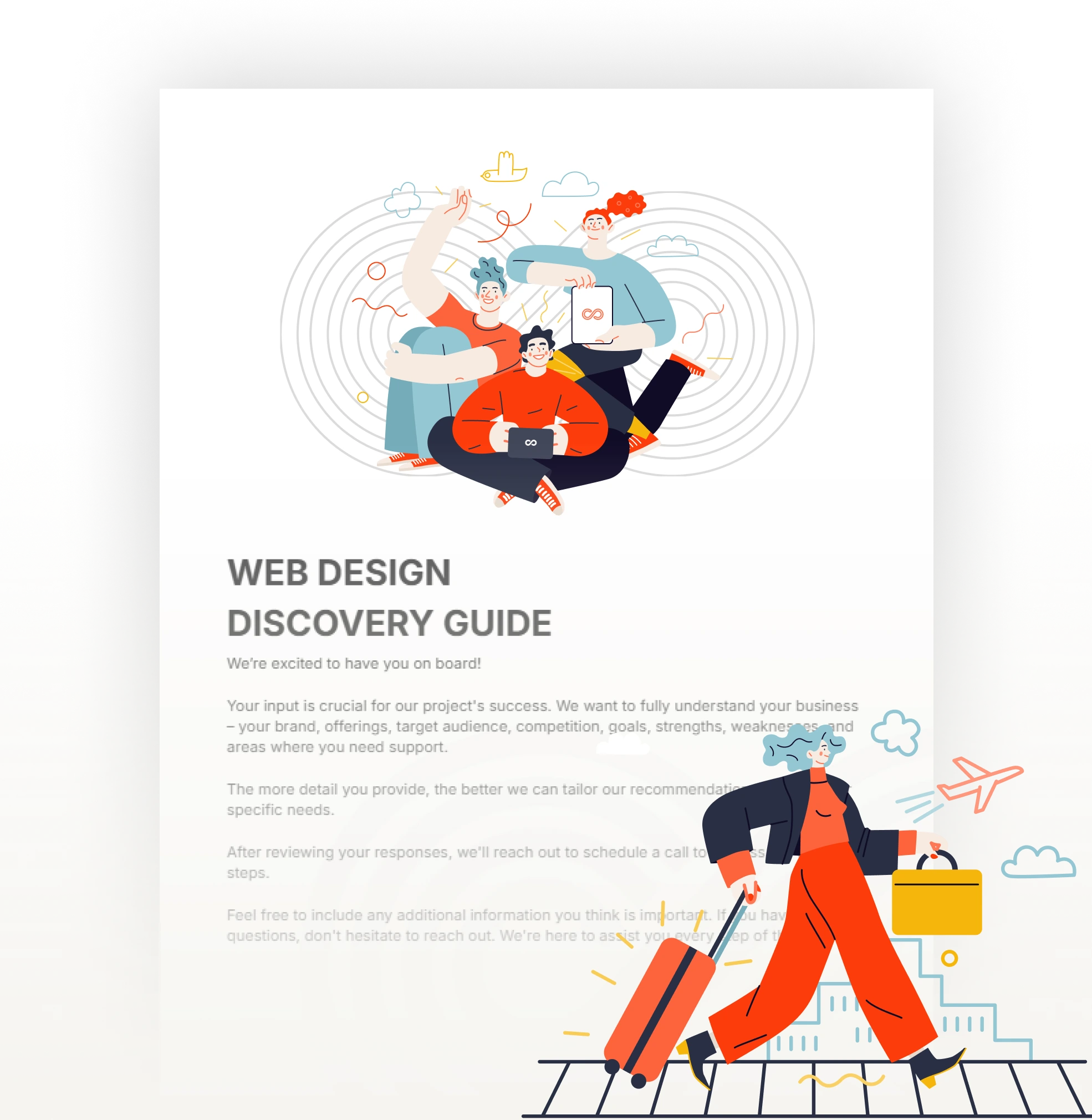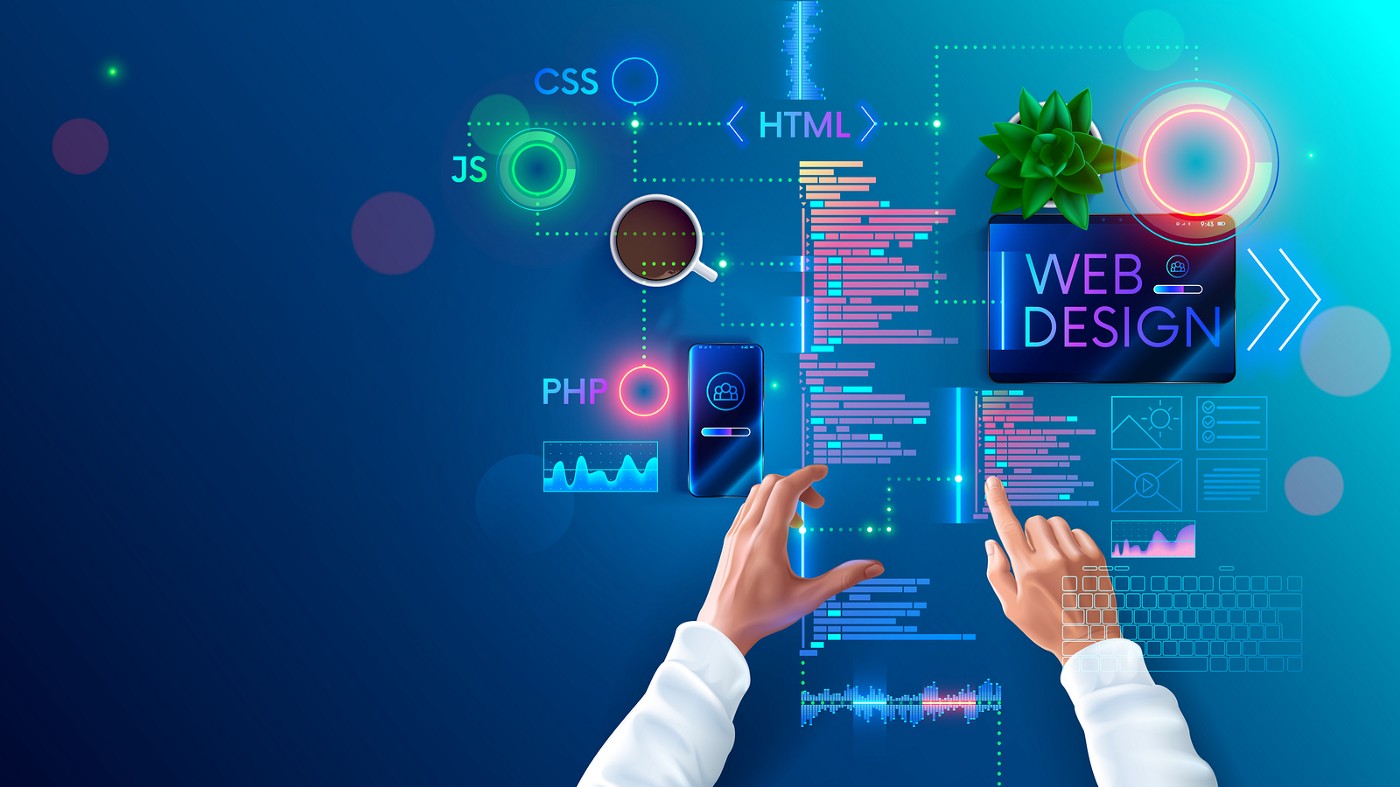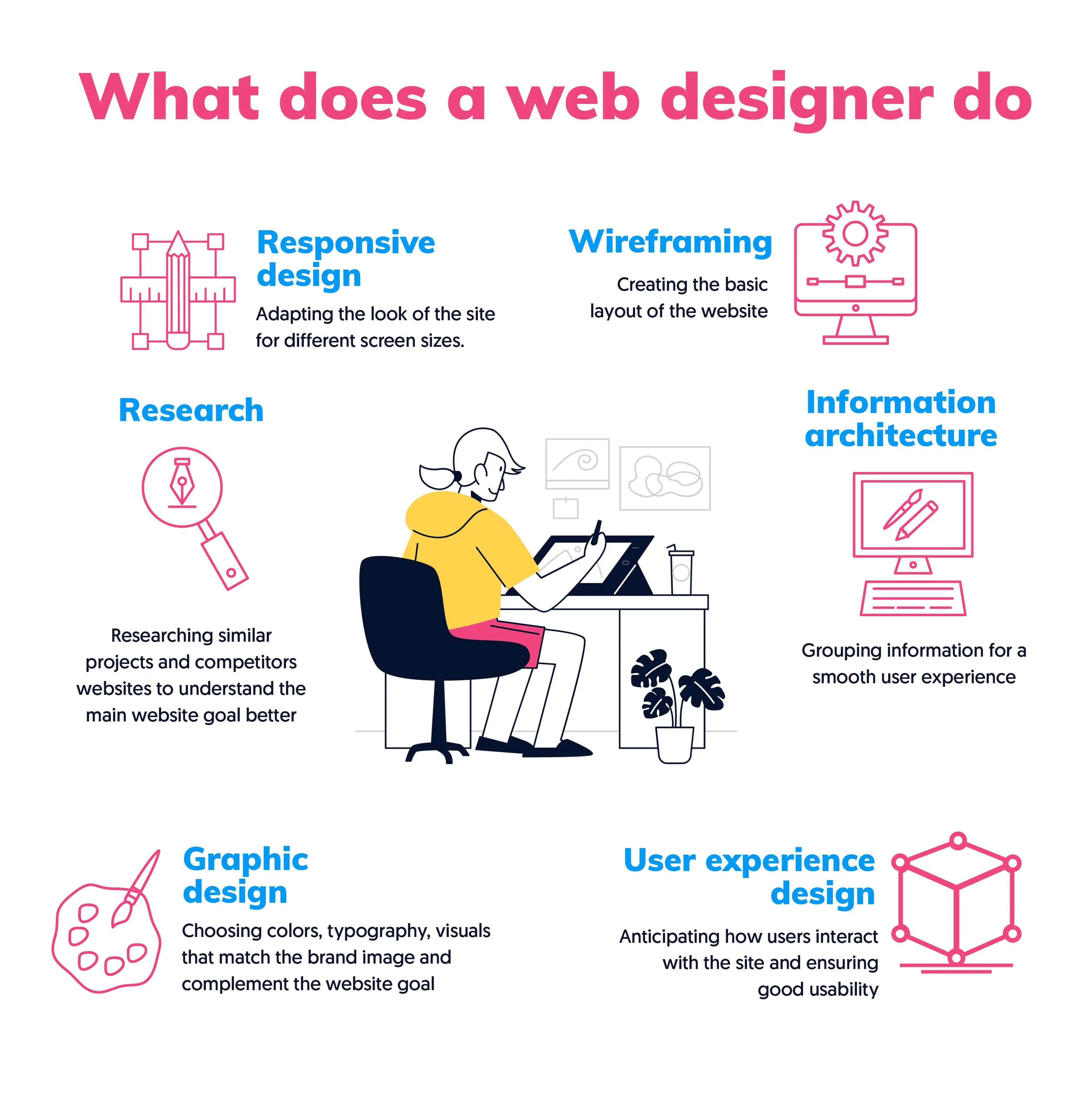Aligned Position Web Design: Building Responsive, Mobile-Friendly Websites for Modern Users
Aligned Position Web Design: Building Responsive, Mobile-Friendly Websites for Modern Users
Blog Article
The Very Best Types of Website Design to Improve User Experience and Interaction
In the ever-evolving landscape of digital communication, the efficiency of website design significantly affects user experience and interaction. Various style techniques, such as minimalist, responsive, and interactive designs, each deal one-of-a-kind advantages that can satisfy diverse individual demands. Understanding which kinds of Web layout finest offer these objectives can be critical for companies aiming to improve client fulfillment and retention. However, the inquiry continues to be: which layout components genuinely resonate with users and foster purposeful engagement? The expedition of these concepts discloses important understandings that might redefine your technique to website design.
Minimalist Web Style
As electronic landscapes end up being increasingly cluttered, minimal Web style has actually become an effective method to improving user experience. This layout approach prioritizes simplicity, focusing on essential elements while removing unneeded distractions. By utilizing adequate white area, straightforward navigation, and a minimal shade scheme, minimal style fosters quality and directs customer focus to key material.
The core principle of minimalist website design is to create a smooth interaction for users. By reducing cognitive load, users can swiftly realize info without really feeling overwhelmed. This straight approach not only improves usability but likewise encourages interaction, as visitors are most likely to discover a website that is aesthetically appealing and simple to browse.
In addition, minimal layout typically emphasizes typography and images, using these elements strategically to communicate messages properly. This emphasis on necessary elements can boost brand name identification and produce an unforgettable individual experience. Fundamentally, minimal Web style is not just a fad; it is a thoughtful methodology that recognizes the value of user-centered design. By removing supplementary aspects, developers can create a much more engaging, effective, and delightful Web experience for all users.
Responsive Web Layout
In today's diverse electronic environment, receptive website design has become important for developing a smooth customer experience throughout a plethora of tools. As customers accessibility sites on smartphones, tablets, laptop computers, and desktop computers, the ability of a site to adjust its design and web content to different screen dimensions and resolutions is crucial.
Receptive Web design utilizes flexible grids, images, and CSS media questions to guarantee that Web content exists optimally, no matter of the tool used. This approach not only enhances the aesthetic charm of a web site but additionally significantly enhances functionality. Individuals are most likely to involve with a site that provides a constant experience, as it eliminates the irritation of needing to focus or scroll excessively.
By adopting receptive layout, companies can boost their presence and reach a broader target market. In recap, responsive Web style is an essential technique that improves customer experience, interaction, and general complete satisfaction.
Interactive Web Style
Responsive Web style lays the groundwork for enhancing individual experience, however interactive website design takes this a step additionally by involving users in a much more vibrant way - Aligned Position Web Design. By incorporating components such as animations, clickable prototypes, and real-time responses, interactive website design mesmerizes users, attracting them right into a richer browsing experience
This method not only promotes interaction yet likewise motivates customers to discover material proactively instead than passively eating it. Methods such as gamification, where individuals make rewards for completing jobs, can significantly enhance the time spent on a website and improve total complete satisfaction. Furthermore, interactive features can simplify complex information, making it extra absorbable and satisfying.

Including interactive design aspects can likewise bring about higher conversion rates, as customers are more probable to engage with a site that proactively includes them. Aligned Position Web Design. Ultimately, interactive Web layout transforms customer experiences right into unforgettable trips, ensuring that visitors return time and once again
Flat Layout
Characterized by its minimalistic strategy, flat design emphasizes simpleness and capability, stripping away unneeded elements and focusing on important attributes. This layout philosophy focuses on functionality, making certain that individuals can browse interfaces easily and effectiveness. By utilizing a tidy visual, flat design eliminates the clutter commonly located in much more ornate designs, consequently enhancing customer emphasis on web content and functionality.
The trademark of flat style depends on its usage of bold shades, easy typography, and geometric shapes. These components add to a visually appealing user interface that is both modern and approachable. Furthermore, flat layout cultivates a feeling of quality, permitting users to determine vital activities and info without diversion.
Additionally, level style is particularly effective in receptive basics Web style, as its simplicity translates well throughout numerous gadgets and display dimensions. By concentrating on essential attributes, level layout not just meets user requirements yet additionally encourages smooth interaction, making it a vital component of reliable Web design techniques.
Flexible Web Design
Adaptive Web layout tailors the customer experience by creating multiple dealt with layouts customized to different display dimensions and gadgets. Unlike receptive style, which fluidly changes a solitary layout, flexible style uses distinctive layouts for particular breakpoints, guaranteeing ideal discussion on numerous platforms. This approach allows designers to focus on the one-of-a-kind attributes of each gadget, improving functionality by supplying exactly what customers need based upon their context.
One of the key benefits of adaptive Web design is its ability to enhance load times and performance. By serving customized content and photos that fit the user's device, web sites can reduce data use and enhance loading rates. This is specifically advantageous redirected here for users with slower connections or limited information strategies.

Additionally, adaptive style helps with a more controlled and regular branding experience. Because developers develop numerous explanation designs, they can guarantee that the aesthetic components straighten with the brand's identification throughout various systems - Aligned Position Web Design. This causes a cohesive user experience, improving interaction and promoting user retention
Final Thought
In final thought, the assimilation of minimal, responsive, and interactive website design concepts significantly enhances individual experience and interaction. Minimal layout promotes clarity and focus, while responsive design makes certain versatility across numerous gadgets, advertising ease of access. Interactive design mesmerizes users via vibrant components, urging exploration and personalization. Jointly, these design comes close to add to the development of straightforward environments that not just boost fulfillment but additionally drive greater conversion rates, emphasizing their critical relevance in modern Web layout techniques.

Minimal design fosters clarity and focus, while receptive layout ensures adaptability throughout various devices, promoting ease of access. Collectively, these style approaches contribute to the development of easy to use atmospheres that not only improve complete satisfaction however likewise drive higher conversion rates, underscoring their crucial significance in contemporary Web design methods.
Report this page